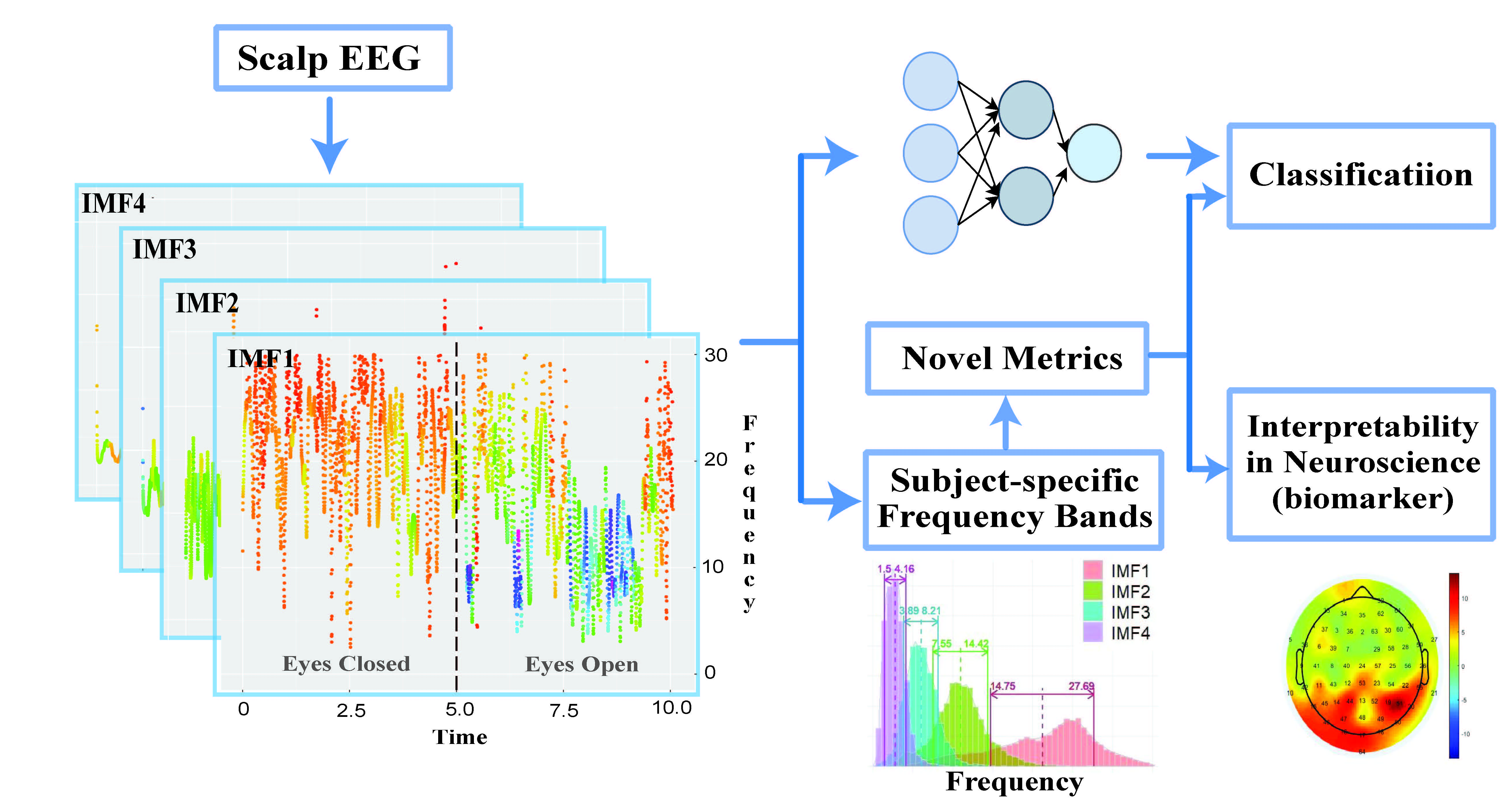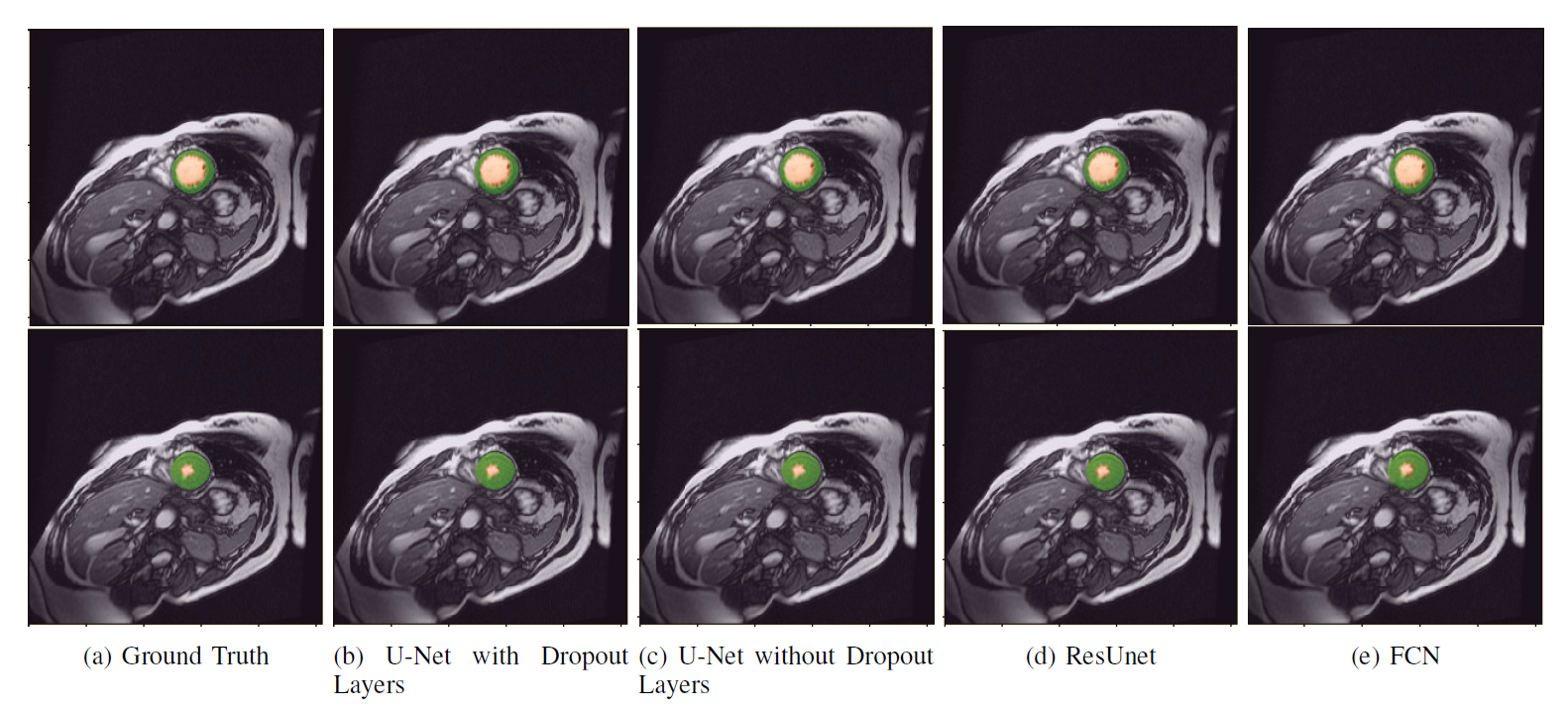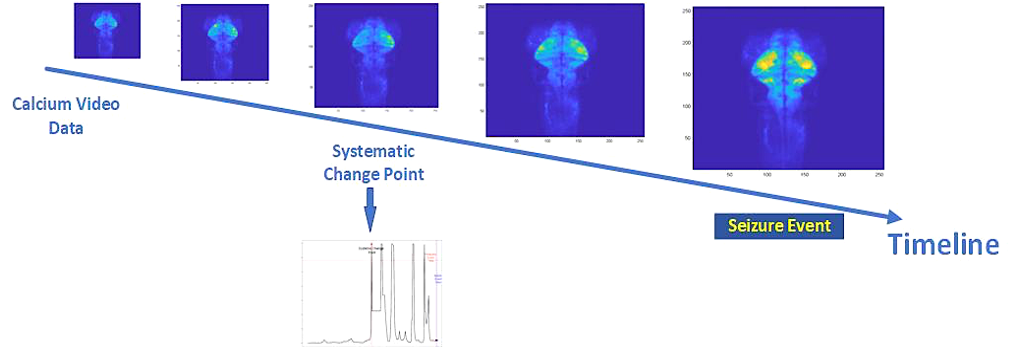Machine learning algorithms, especially deep learning architectures, have demonstrated immense potential for biomedical image analysis, often surpassing expert-level performance. We present several projects for analyzing MRI images via statistical methods and deep learning.
- Jingyi Zheng, Yuexin Li, Nedret Billor, Mustafa Ahmed, Efstathia Andrikopoulou, Yu-Hua Fang, Betty Pat, Thomas Denney, Louis Dell'Italia, Understanding Post-Surgical Decline in Left Ventricular Function in Primary Mitral Regurgitation Using Statistical and Machine Learning models, 2023, Frontier in Cardiovascular Medicine, DOI:10.3389/fcvm.2023.1112797.
- Mustafa Ahmed, Efstathia Andrikopoulou, Jingyi Zheng, et al. Interstitial Collagen Loss, Myocardial Remodeling, and Function in Primary Mitral Regurgitation, JACC: Basic to Translational Science. 2022. DOI: 10.1016/j.jacbts.2022.04.014.
- Xuan Cao, Fang Yang, Jingyi Zheng, Xiao Wang, and Qingling Huang. "Aberrant Structure MRI in Parkinson’s Disease and Comorbidity with Depression Based on Multinomial Tensor Regression Analysis". Journal of Personalized Medicine 12, no. 1: 89. 2022. DOI: 10.3390/jpm12010089.
- Xulian Zhang, Xuan Cao, Chen Xue, Jingyi Zheng, Shaojun Zhang, Qingling Huang, and Weiguo Liu, "Aberrant functional connectivity and activity in Parkinson’s disease and comorbidity with depression based on radiomic analysis", Brain and Behavior, 10 March 2021. DOI: 10.1002/brb3.2103.
- Sujata Sinha, Thomas Denney, Yang Zhou, and Jingyi Zheng*, "Automated Semantic Segmentation of Cardiac Magnetic Resonance Images with Deep Learning", in the Proceeding of 19th IEEE International Conference on Machine Learning and Applications (ICMLA), 2020, pp. 1362-1368, DOI: 10.1109/ICMLA51294.2020.00212.
|




